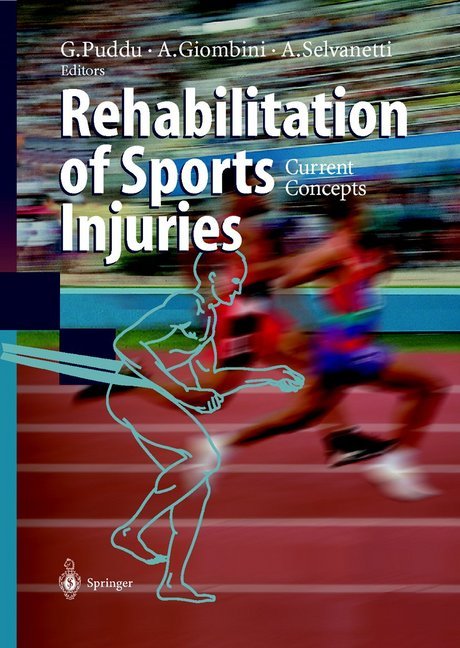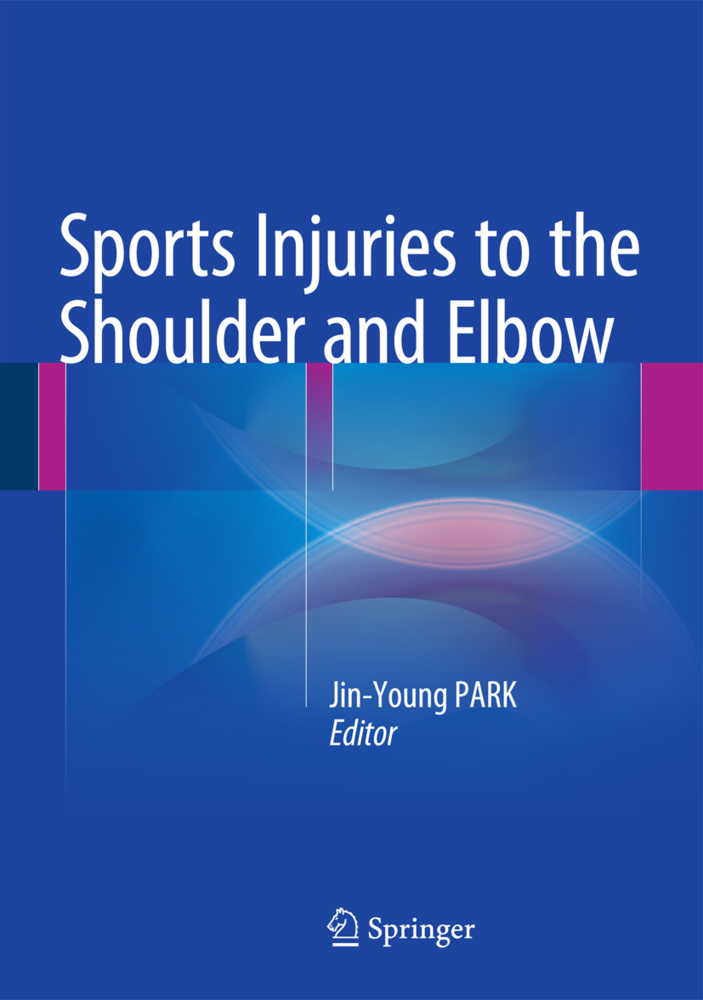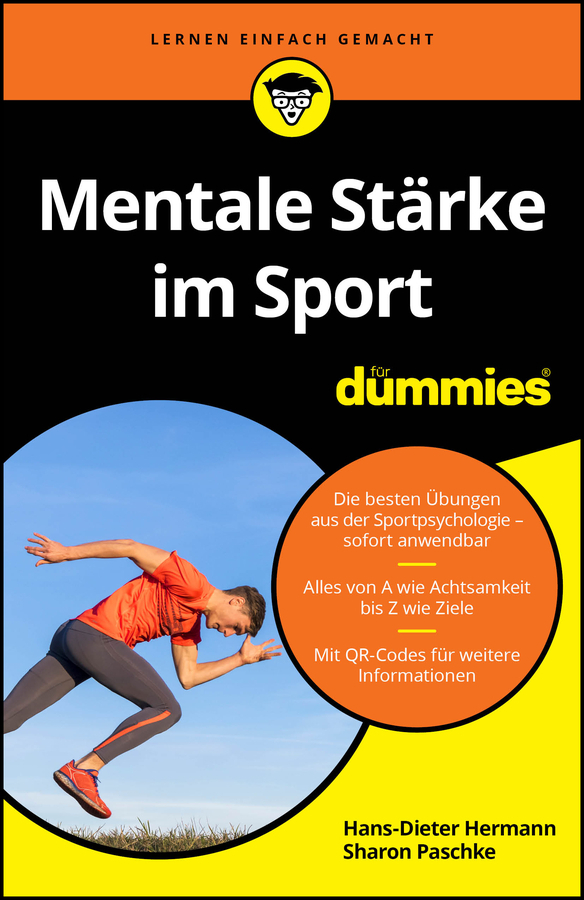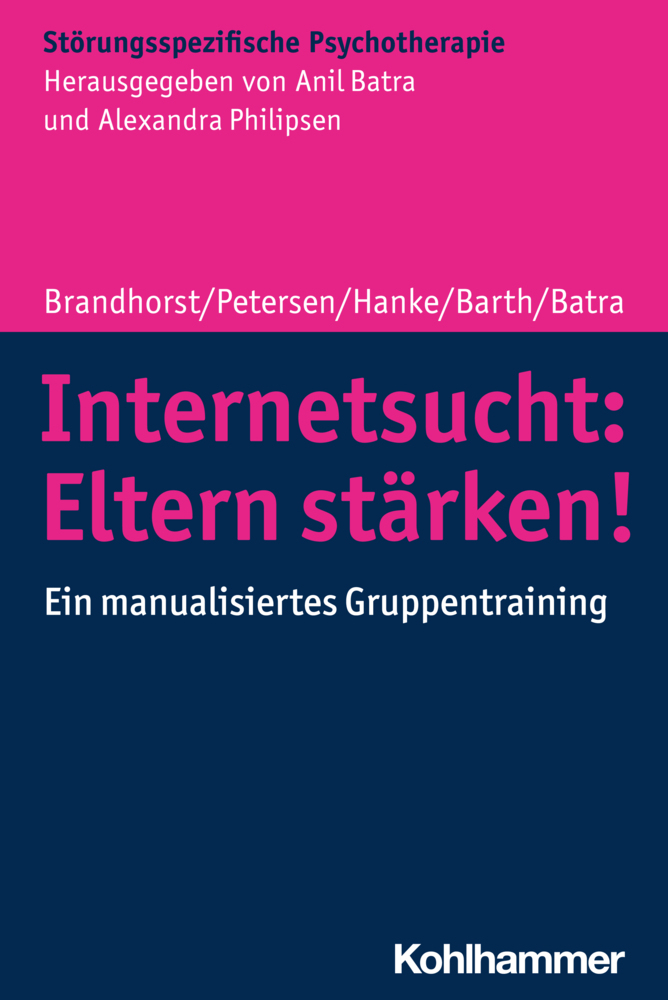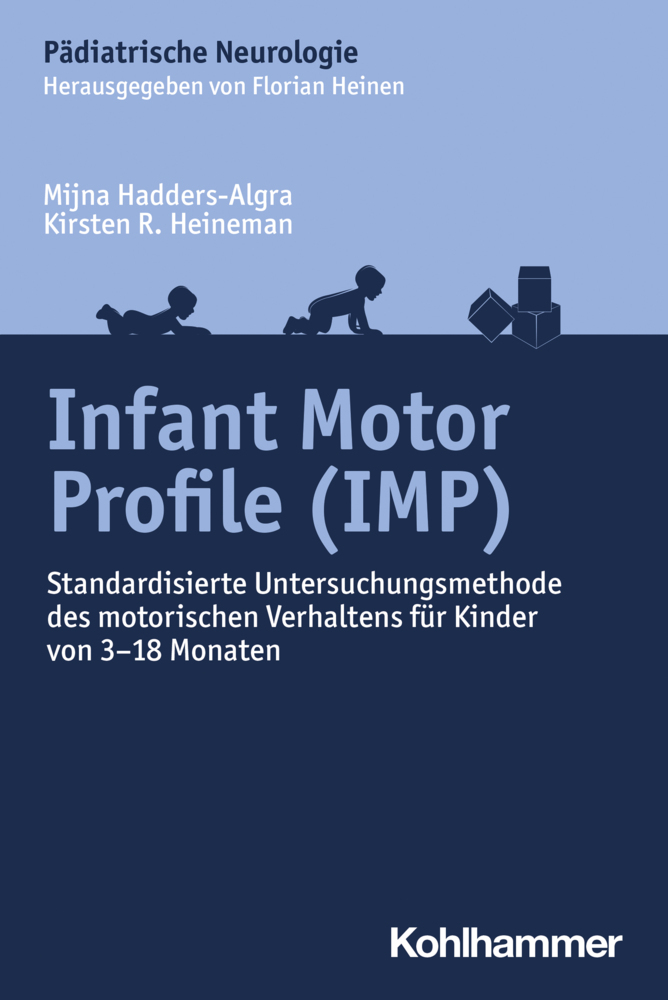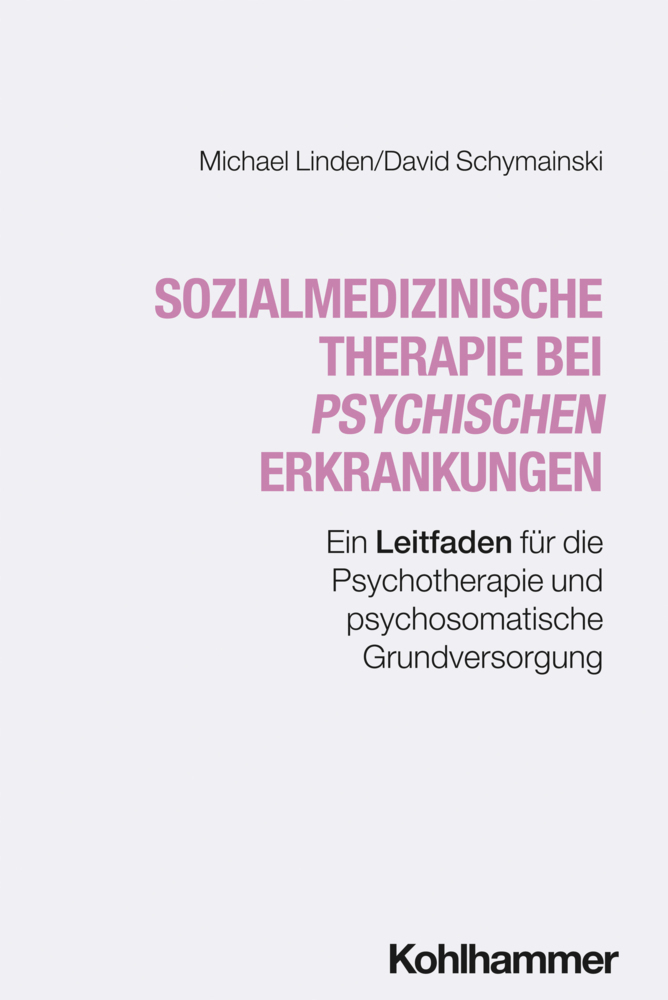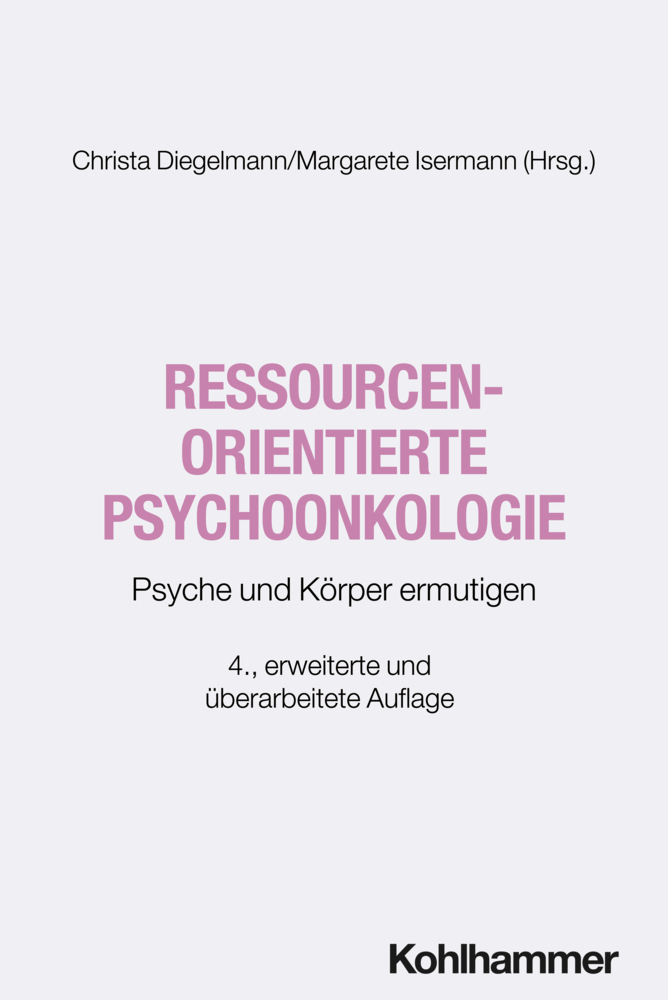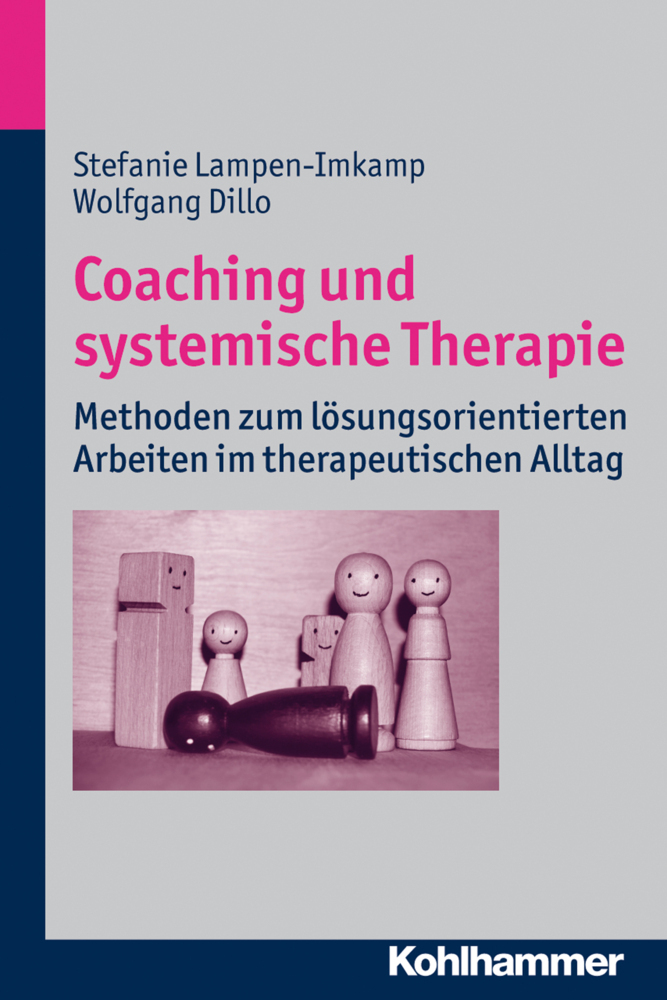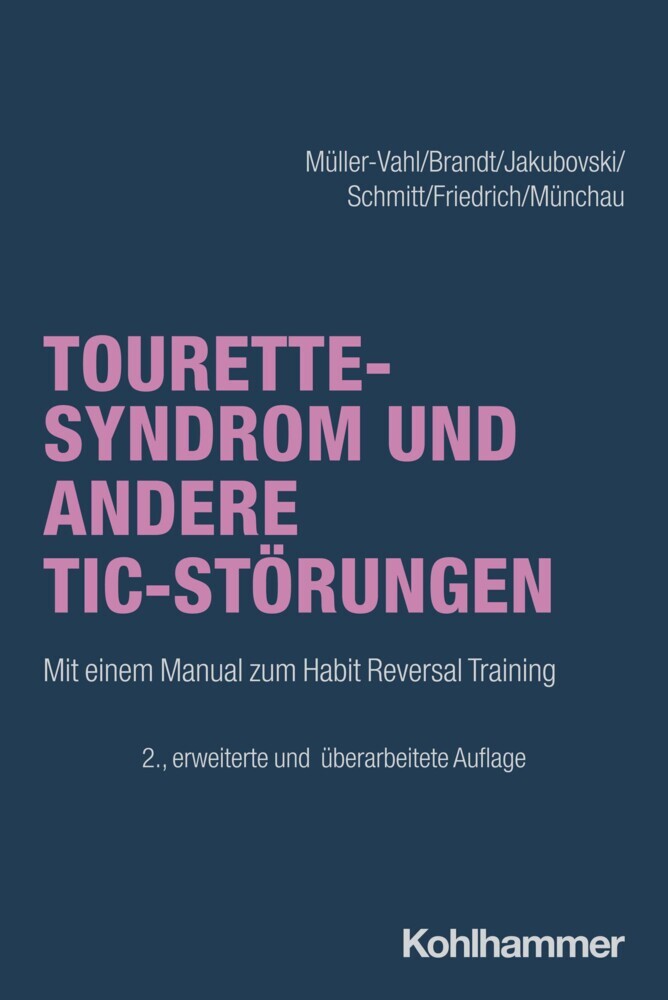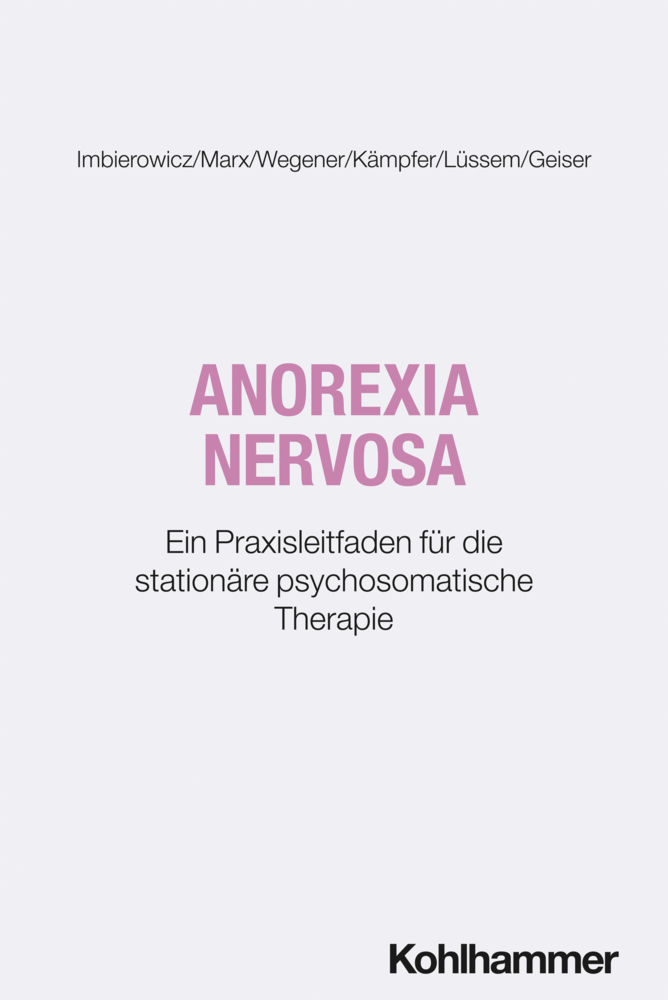Rehabilitation of Sports Injuries
Current Concepts
Rehabilitation of Sports Injuries
Current Concepts
Over the last few years, in the field of sports science and medicine, empirical theories about the treatment and rehabilitation of injured athletes have been gradually sup ported by a rapid growth of research data and scientific literature. This has permit ted a better knowledge of the healing process from injury and/or surgery, and a more appropriate understanding of the biomechanical behavior of several biological structures to load and exercise. We agree with the opinion that development and advancement through a rehabil itation program should be based on the type and severity of the lesion, healing time of the injured structures, individual pain tolerance level, possible adopted surgical procedure, and sport-specific biomechanical demands. Currently, the most re cent theories on rehabilitation of the injured athlete em phasize the concepts of a multidisciplinary approach, a functional recovery instead of symptomatic improvement, and an early mobilization with the implementation of an individualized program treating the entire body kinetic chains. Among different methods of rehabilitation, the physician should choose those re vealing their clinical appropriateness, founded on a validated scientific data and/or proven clinical efficacy. Our goal has been to provide a comprehensive coverage of principles and practi cal applications of the rehabilitation methods of the most common sports injuries, and we have tried to combine the variety of expertise and backgrounds of a multidis ciplinary group of contributing authors.
3 Proprioceptive Training in the Prevention of Sports Injuries
4 Application of Electromyography in Sport Medicine
5 Rehabilitation of Rotator Cuff Injuries
6 Rehabilitation of the Unstable Shoulder
7 Rehabilitation of Elbow Injuries
8 Rehabilitation of Hand and Wrist Injuries
9 Rehabilitation of Low Back Pain
10 Rehabilitation of the Knee After Anterior Cruciate Ligament Reconstruction
11 Rehabilitation After Posterior Cruciate Ligament Injuries
12 Anterior Knee Pain: An Overview of Management Options
13 Rehabilitation After Ankle Ligament Injury
14 Rehabilitation of the Foot Following Sports-Related Injuries and Surgical Treatment
15 Rehabilitation of Muscle Injuries
16 Isokinetics in Rehabilitation
17 Eccentric Exercise in the Treatment of Tendon Injuries in Sport
18 Aquatic Therapy in Rehabilitation
19 Hyperthermia and Shock Waves: New Methods in the Treatment of Sports Injuries.
1 Ligaments of the Knee in Sports Injuries and Rehabilitation
2 Methods of Functional Testing During Rehabilitation Exercises3 Proprioceptive Training in the Prevention of Sports Injuries
4 Application of Electromyography in Sport Medicine
5 Rehabilitation of Rotator Cuff Injuries
6 Rehabilitation of the Unstable Shoulder
7 Rehabilitation of Elbow Injuries
8 Rehabilitation of Hand and Wrist Injuries
9 Rehabilitation of Low Back Pain
10 Rehabilitation of the Knee After Anterior Cruciate Ligament Reconstruction
11 Rehabilitation After Posterior Cruciate Ligament Injuries
12 Anterior Knee Pain: An Overview of Management Options
13 Rehabilitation After Ankle Ligament Injury
14 Rehabilitation of the Foot Following Sports-Related Injuries and Surgical Treatment
15 Rehabilitation of Muscle Injuries
16 Isokinetics in Rehabilitation
17 Eccentric Exercise in the Treatment of Tendon Injuries in Sport
18 Aquatic Therapy in Rehabilitation
19 Hyperthermia and Shock Waves: New Methods in the Treatment of Sports Injuries.
Puddu, G.
Giombini, A.
Selvanetti, A.
| ISBN | 978-3-642-08690-8 |
|---|---|
| Artikelnummer | 9783642086908 |
| Medientyp | Buch |
| Copyrightjahr | 2011 |
| Verlag | Springer, Berlin |
| Umfang | IX, 240 Seiten |
| Abbildungen | IX, 240 p. 488 illus., 425 illus. in color. |
| Sprache | Englisch |

